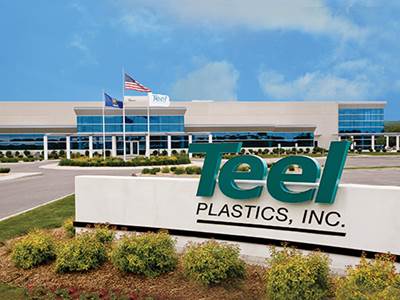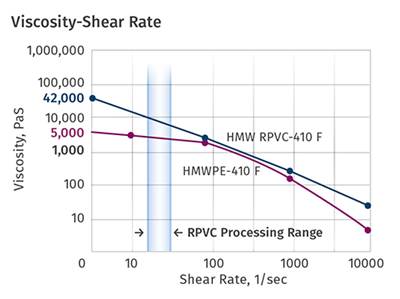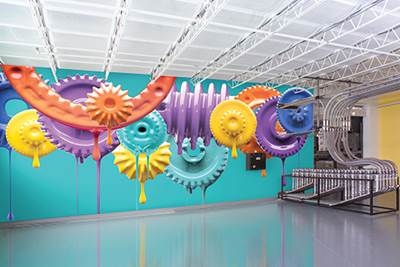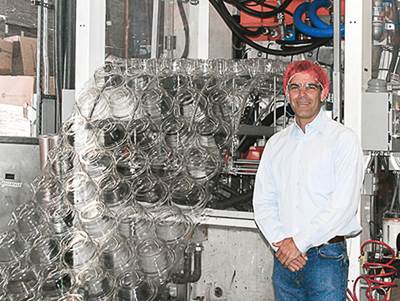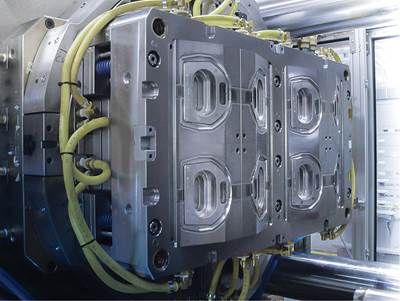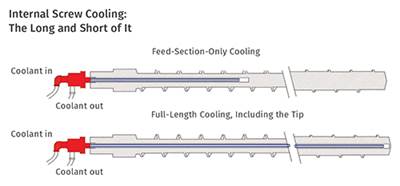best practices
Mold-Heating/Cooling Technology Keeps Cosmetic Parts Looking ‘Hot’
New rapid mold-temperature control technology allows molder to eliminate cosmetic defects like knit lines or sink marks in parts that require a glossy finish or feature texturing.
Read MoreTeel Plastics: Where Science, Tech, Quality and Innovation Meet
This family-owned custom profile and tubing business controls its own destiny by controlling, well, everything.
Read MoreEXTRUSION: Processing Rigid PVC? Know Your Rheology
Before choosing and sizing extruders for running rigid vinyl, it is wise to bone up on the viscosity behavior of the material.
Read MoreMATERIALS: Performance in Polyethylene: Density Matters: Part II
Remembering the case of the failed gas tanks.
Read MoreSolving Common Problems in Underwater Pelletizing
Pellet quality and consistency are critical to any compounding operation. But in underwater pelletizing, a variety of issues can stand in the way. Here’s how to fix them.
Read MoreResin Conveying: No More ‘Spaghetti Bowl’
You now have technology choices to avoid the maze of conveying tubes that form a ‘spaghetti bowl’ or ‘rat’s nest’ in a central materials-handling system. Here’s how they stack up.
Read MoreWinzeler Gear Thrives With a Little Help from Its Friends
Strategic partnerships give a small molder the technical clout of a much bigger firm.
Read MoreThermoformer’s Name Change Reflects Refocused Strategy
New identity highlights processor’s focus on technology, product quality, and food safety.
Read MoreTOOLING: Balancing the Heat Budget In Injection Molds
Basic formulas for how much heat you must pull out of the mold to achieve a set cycle time
Read MoreEXTRUSION: When Internal Screw Cooling Makes Sense
Internal screw cooling could help you solve solids-feeding and burning problems.
Read More

